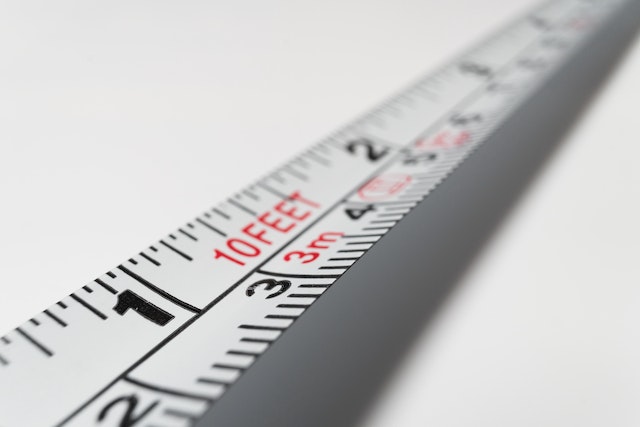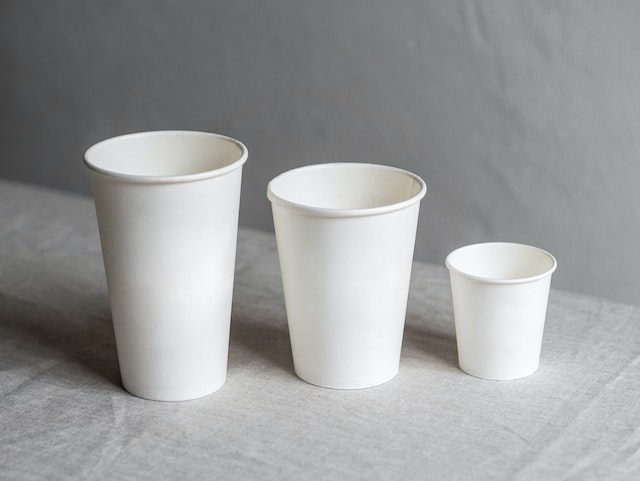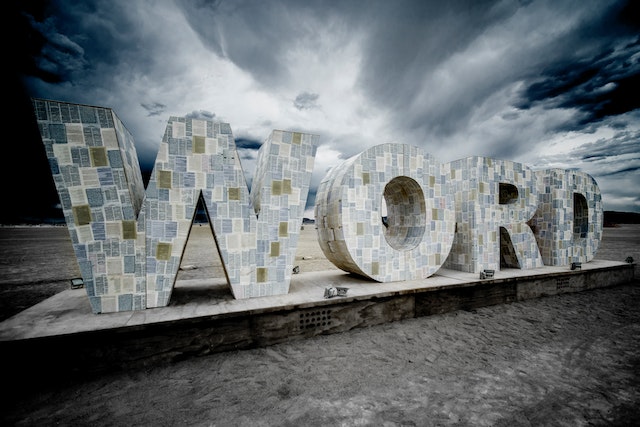1. Geofence Set Up
- Geofence advertising campaigns target users who enter a location, based on latitude and longitude data (AKA the area(s) you specified through your Geofence(s).) Qujam integrates with Google maps for your geofence set up convience, but try to be acurate in your geofence set up. Google map is great, but it isn't always up to date, so if you have local/in person knowledge of an area, use it.
- There are two types of geofences you'll create.
- Targeting fences/geofence, which are used to create areas on the map to outline the people that you want to target and deliver ads to.
- Conversion fences are ONLY used for tracking which users entered an area for the purpose of monitoring conversions as an online to offline metric. AKA. This is use to tell you if someone say a geofencing ad and then physially entered into your store or conversion location. Conversion fences are not required to run a geofence campaign.

3. Budget and Frequency Caps
- Your monthly budget should be based on two things 1. what results you want to get and 2. how many people you think will be entering the geofences you are setting up
- If you aren't targeting very many geofence locations and the locations you are fencing don't get a ton of foot traffic, you won't need a large budget to target your audience, but if you have a lot of targeting geofences and/or geofences that have a lot of foot traffic, it will require a bit more budget to effectively cover.
- Qujam will also provide a few frequency cap tiers to help optimize you campaign as well which should be factored into you budget calculating. Frequency capping just means that we limit the number of times a device is served an ad each day. Effective advertising is seem by the same people multiple times, but a low frequency cap setting will mean individuals will see you add less often, but your reach more individuals with your impressions since you are spreading the impressions across more people. A campaign without a frequency cap will serve ads to the same person a lot more which is great to get your brand in front of the people who experence you ad, but can limit the total number of people who see your ads. Qujam will also offer an optimal/middle range frequency cap setting that we recommend. If you are to adjust this setting though, you should fact this into your budget planning because a lower frequecny cap might not need as large of a budget ad an optimal or unlimited frequency cap which which would need larger budget to reach more people since you are reaching individuals more times.
- A rough rule of thumb is to budget $10-$50 per low-traffic geofencelocation per month for something like a small office building, $20-$150 per mid-traffic geofence location like a local resturant, car dealership, retail store, etc..., and $100-$1,000+ per high-traffic geofence location such as an airport, ammusment park, or sporting event center.
- With Qujam, you are only charged what you spend, so if you have a $500 monthly budget, and only $400 worth of advertising is able to be dilevered then you are only charged $400. (Don't set a higher budget than you are willing to spend though.)
5. Short and Sweet
Make the ads short and sweet. Show or tell the consumer what's in it for them. Geofencing display ads often rotate with other banner ads, so your message might be on the screen for only 8 seconds. Make sure someone can see, understand, and have their interest peaked in a quick amount of time.

7. Landing Page
Deliver the goods on the landing page. Make sure the landing page is relevant to whatever the ad promises. Be sure to use similar visual styles and call-to-action options. Geofence banner ads can build awareness and get people to your website or location, but they can't close the sale for you. That comes down to how well your website and sales experience is, so make sure it's solid.

9. Size Matters
Qujam can run over 50 different display ad sizes on our platform. Below are the eight (8) main sizes that we recommend based on inventory and performance history. (We've run about a half billion programmatic impressions!)
- 300x250
- 728x90
- 160x600
- 300x50
- 320x480
- 300x600
- 468x60
- 320x50
Because Qujam's geofencing ads run on hundreds of thousands of websites and apps and not every publisher uses the same sizes on their properties, it's a good idea to have multiple display ad sizes in your campaign. The more sizes you use, the more inventory option Qujam will have and the AI will automatically optimize toward the best performing ad sizes.





